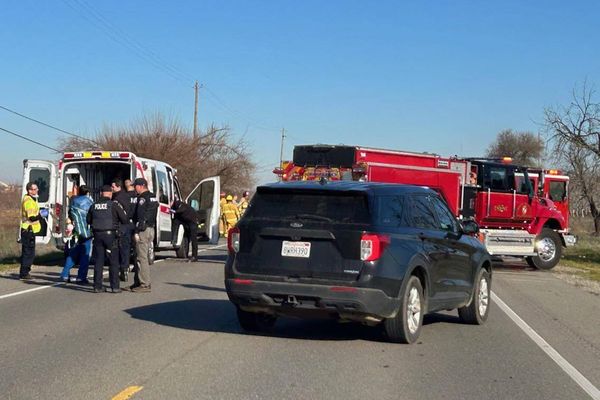More than a year after the Criminal Procedure Identification Act (CrPI) was passed by Parliament, the Centre is all set to roll out ‘DNA and Face Matching’ systems at 1,300 police stations across the country. The provisions of the Act are yet to be implemented entirely on the ground. There are logistic and connectivity issues too, police officials said.
The law that enables police and Central investigating agencies to collect, store and analyse physical and biological samples, including retina and iris scan of arrested persons, was passed by the Parliament in April 2022.
The rules were notified in September 2022. The National Crime Records Bureau (NCRB), a Central body tasked with rolling out the Act was assigned with finalising the Standard Operating Procedure (SOP) to be followed by police officials while recording the measurements.
Though the Act and rules do not explicitly mention the collection of DNA samples and face matching procedure, in subsequent meetings with State police officials, the NCRB informed that the said measures will be rolled out in around 1,300 locations spread across police districts, commissionerate and Special Investigation Units at State headquarters.
The Ministry of Home Affairs (MHA) has constituted a Domain Committee for the successful implementation of the Act with representatives from State police, Central law enforcement agencies and other key stakeholders. A technical sub-committee for preparing the SOPs for capturing DNA as a measurement has also been constituted.
The States have been asked to identify the locations and prepare the sites where the Measurement Collection Unit (MCU) may be established as suggested by the NCRB. The Central body under MHA will be the repository of the database at national level.
A Delhi Police official said they were recording measurements such as thumb and finger impressions, and photographs of accused persons according to the old format and were also using NAFIS.
Under the National Automated Fingerprint Identification System (NAFIS), another project maintained and managed by NCRB, workstations and scanners have been put up at around 1,300 police stations. It has fingerprint details, a unique 10-digit number of over 1 crore people, accused and convicts, across the country. This database is also being integrated with the Criminal Procedure Identification Act.
The Act replaced the 100-year-old Identification of Prisoners Act, 1920 whose scope was limited to capturing finger impressions, foot-print impressions and photographs of convicted prisoners and a specific category of arrested and non-convicted persons under the orders of a Magistrate.
An official said that NCRB has cautioned against the misuse of databases by ensuring identification and deployment of appropriate safeguards, adding that that only designated officials must have the access in real time.
A State police official from one of the northeastern States said that training and resources were the teething problems.
“The Police is often short on funds, though MHA will bear the cost of hardware etc., the cost of secure Internet line and other operating costs will have to be borne by the State,” said the official.
NCRB has said that the tools and systems used by police should be technologically, legally and forensically sound and accredited.
When the Act was introduced in Parliament in March 2022, Opposition members opposed the Bill, terming it “unconstitutional” and an attack on privacy.







